An impressive needlework panel has been created to mark the completion of the Fewston Assemblage Project.
The panel commemorates the 154 people whose graves needed to be moved when the Washburn Heritage Centre was built adjoining Fewston church.
It was initially expected to find about 50 graves, but archaeologist John Buglass discovered more than 150 and the identity of most of them is unknown but osteoarchaeologists believe some were children and young people who may have worked in local mills in the Washburn valley 200+ years ago.
Fourteen headstones had to be moved and 22 of the 154 sets of remains were positively identified by headstone, coffin plate and research. The project was funded by the Heritage Lottery Fund, with additional support from the Liz and Terry Bramall Foundation.
Sally Robinson, who led the Fewston Assemblage Project, suggested making a textile hanging as a way to remember those whose remains were reburied in the churchyard. Maureen Fackrell, a textile artist, designed the hanging and led the 20-strong team to create a rainbow-coloured memorial of 154 four-inch squares.
Each square has a design chosen to reflect the life and times of those whose graves were excavated. There are flowers, vegetables and farm animals, as well as religious symbols created either by hand stitching, machine embroidery or applique. Where the graves contained named individuals, their names have also been embroidered onto the squares.
Maureen said: I have been involved with the research for the Fewston Assemblage Project for the past two years. My textile work is about family and memory, and so the opportunity to make this commemorative piece was very satisfying. The team of Washburn Stitchers has thoroughly enjoyed the project, and has made a beautiful tribute to the Assemblage.
The panel is on permanent display in the Heritage Centre tearoom, and is part of a larger exhibition of the Fewston Assemblage Project which runs until the end of April.

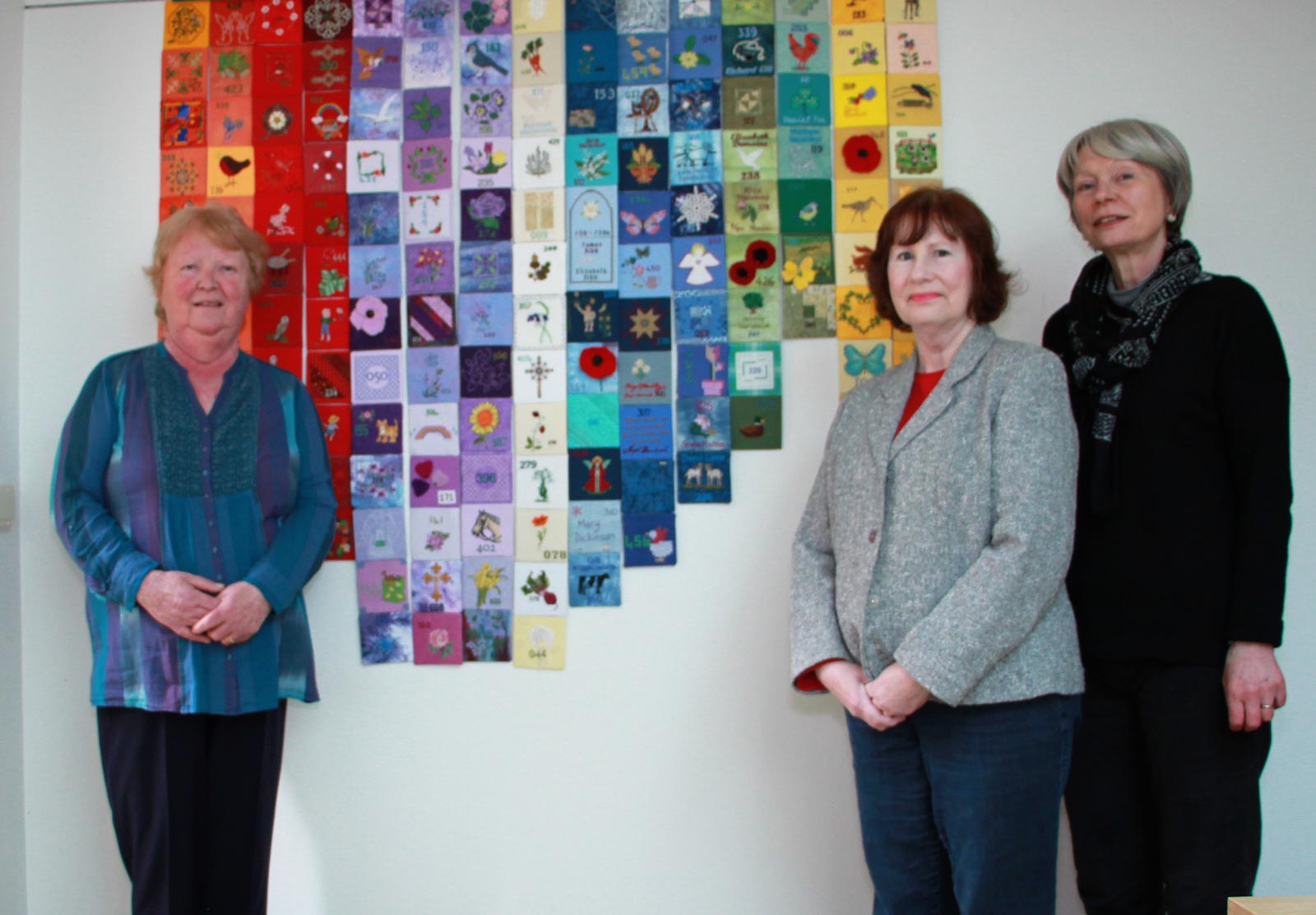
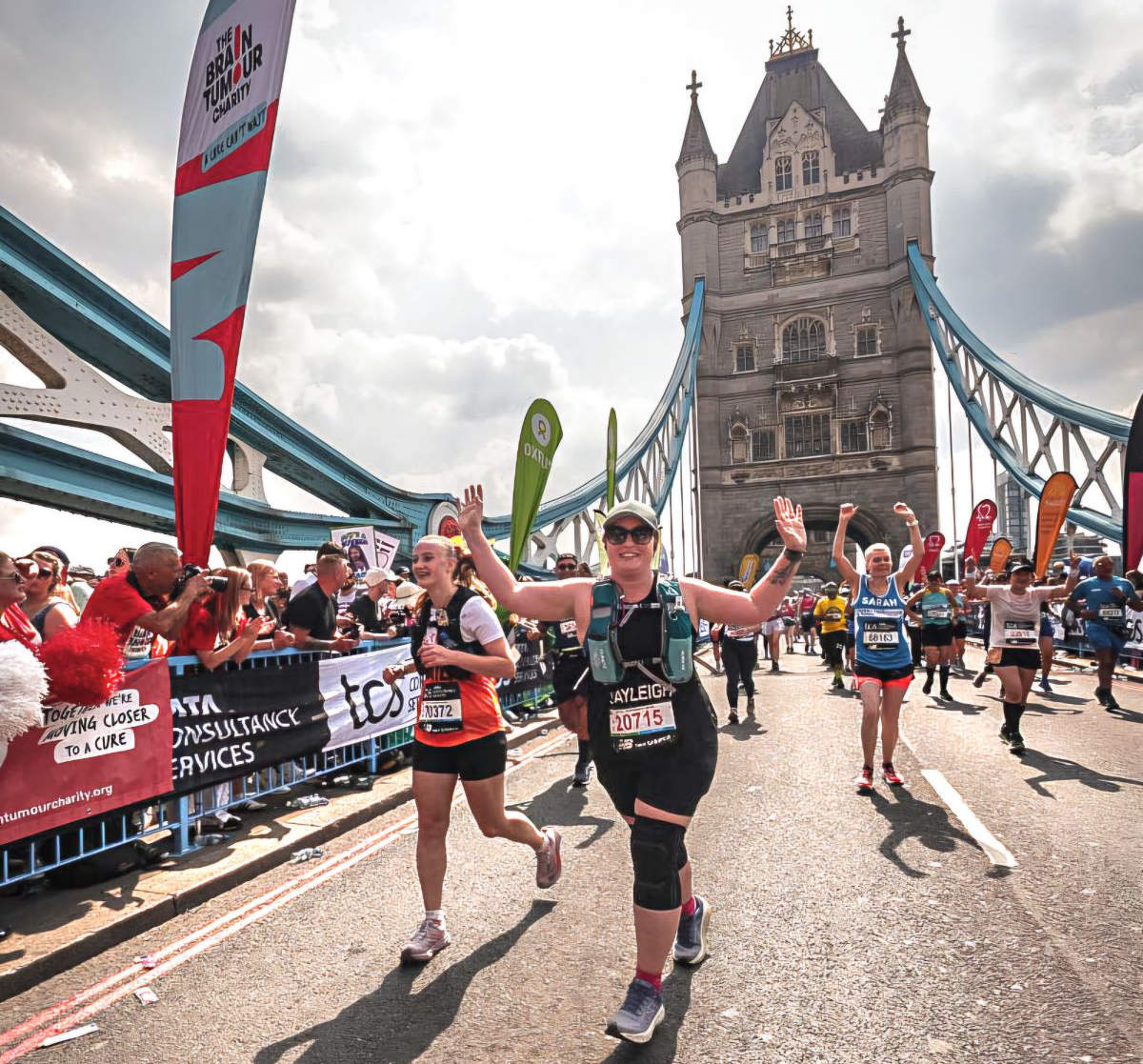

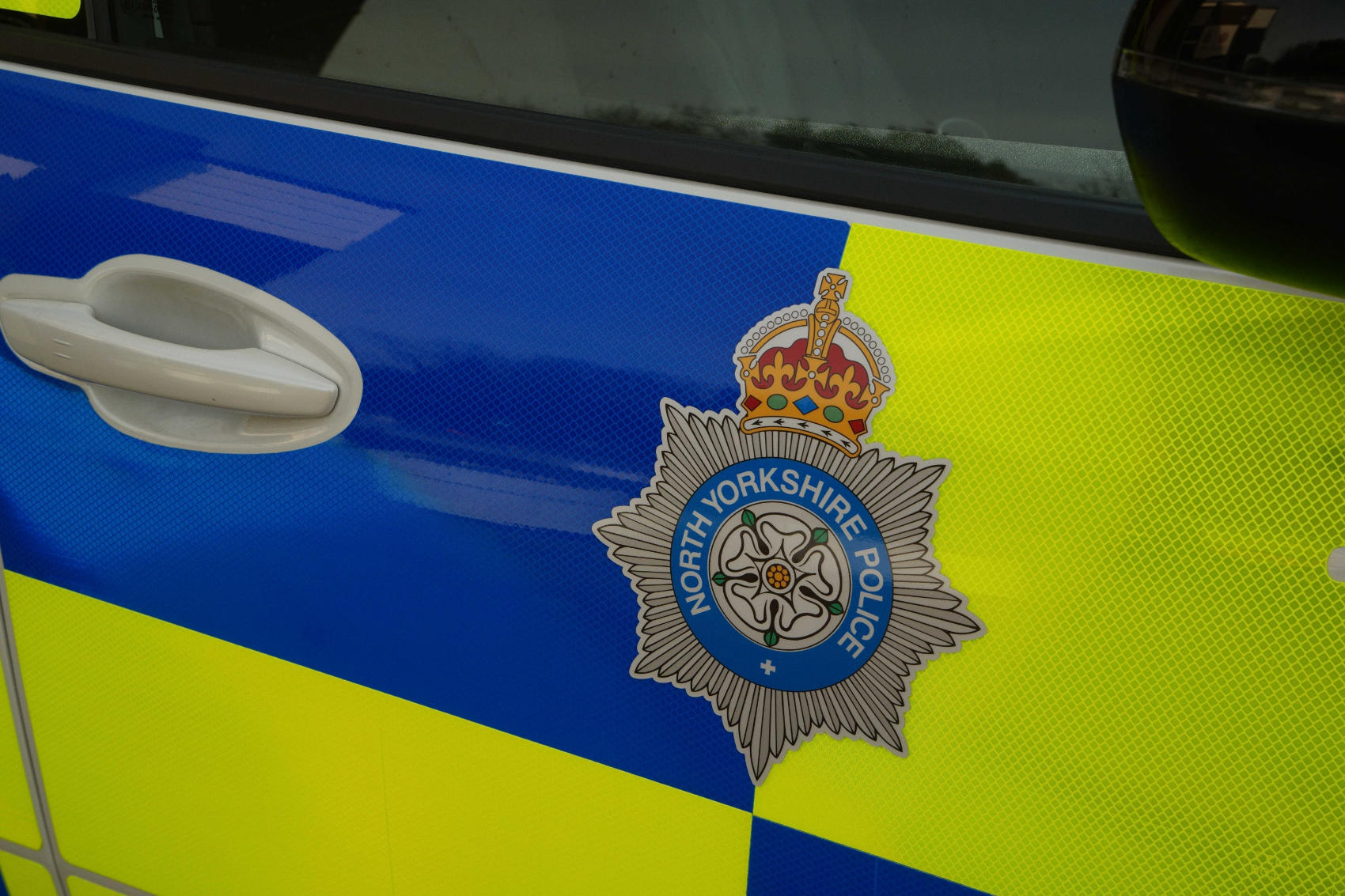
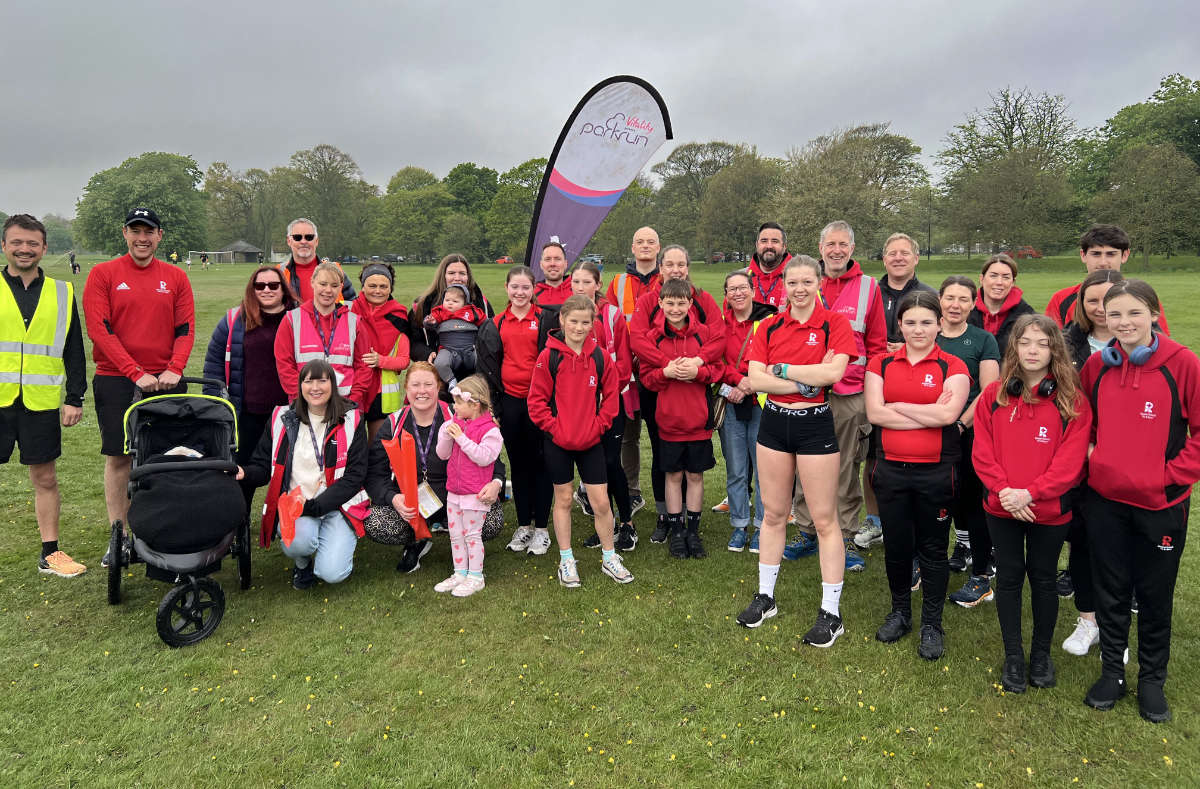
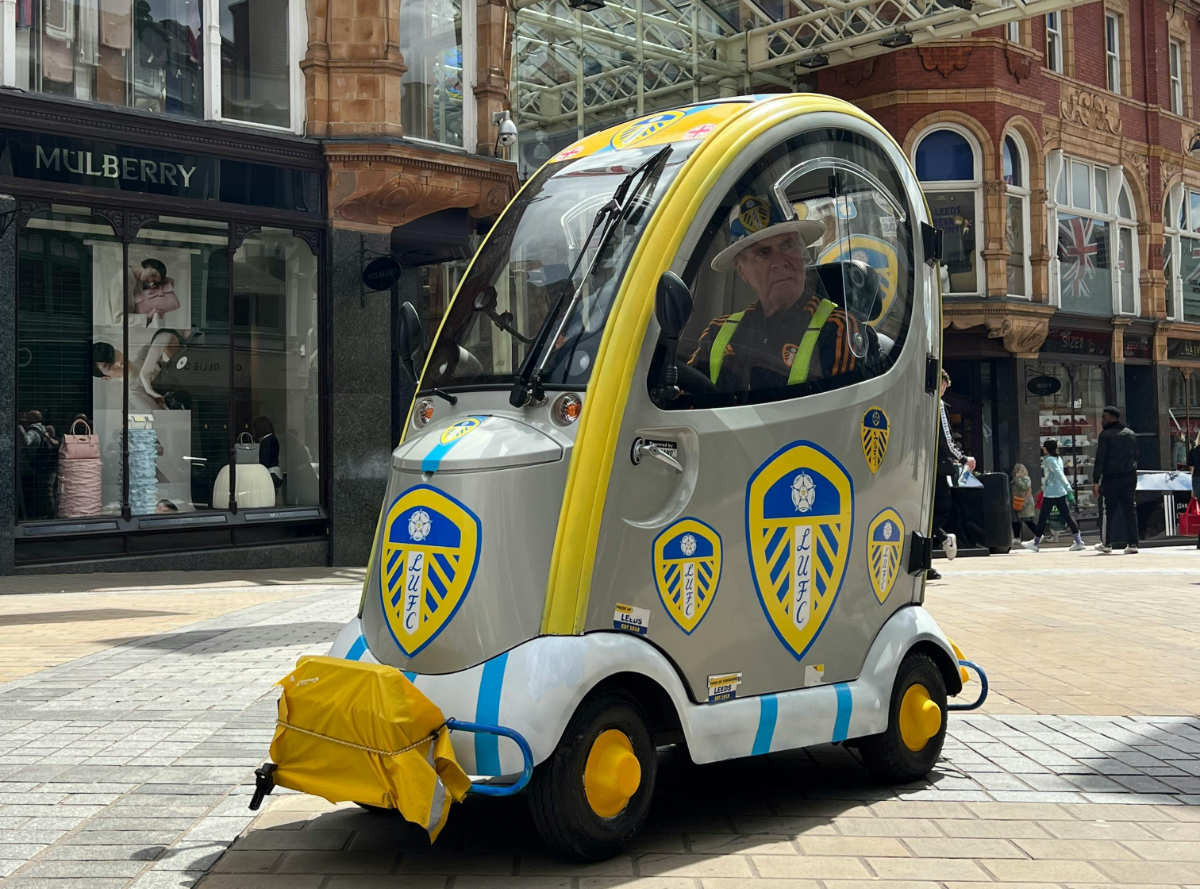

[…] HERE to read about the excavation project in more […]